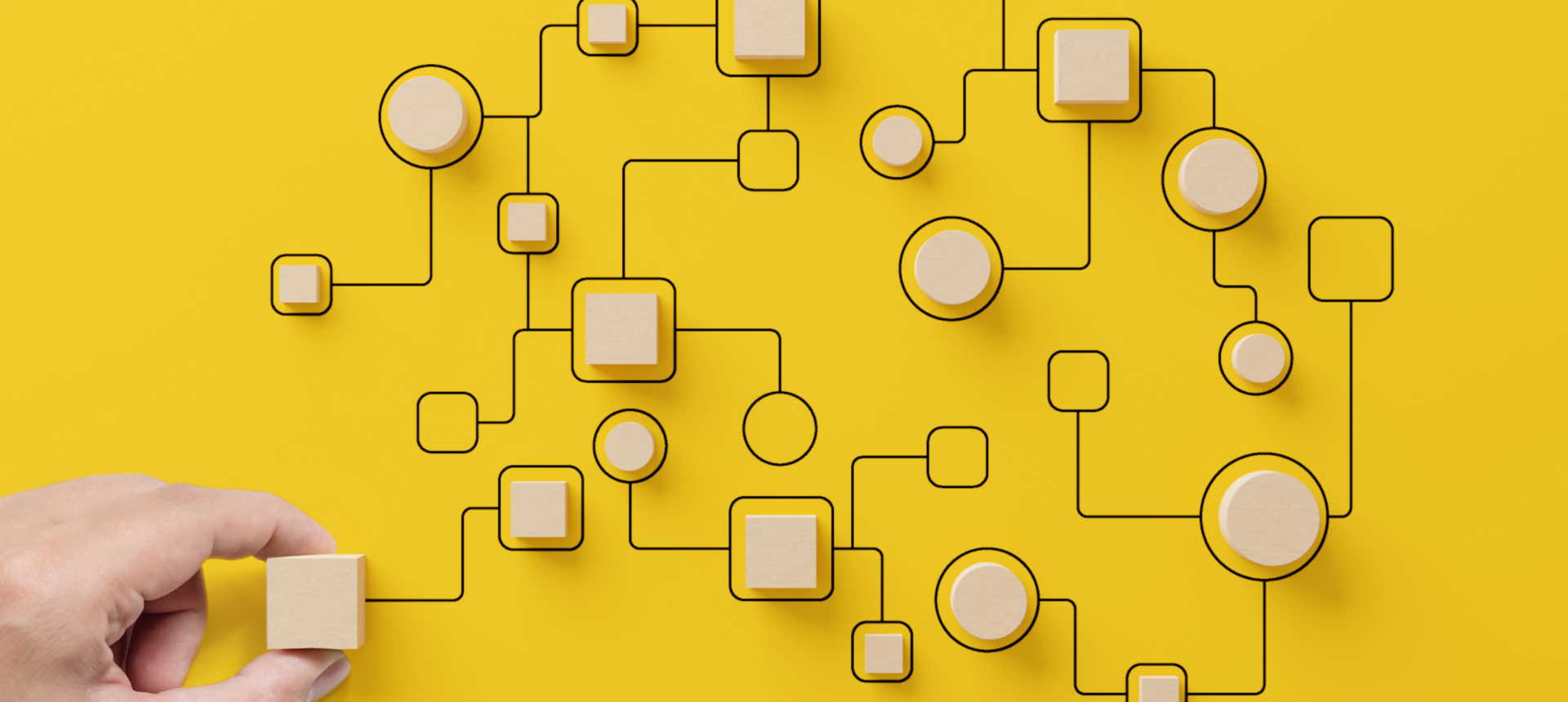
Web Flow & Webflow: Understanding the Differences and Their Impact on Web Design
In the advancing world of software development, “Web Flow” and “Webflow” are two words that have become a topic for discussion among all industry professionals. Even though the terms “Web Flow” and “Webflow” sound familiar, they refer to entirely different concepts.
Understanding Web Flow
In general, “Web Flow” refers to how a user navigates through a website. It also means how they move from one page to another, interact with the software content, and finally reach their intended goal step by step. A well-structured web flow ensures smooth interaction between users and the website.
Key aspects of web flow include:
- User Journey Mapping: Design the user’s path from the starting point to the endpoint where the user wants to reach. (e.g., signing up, purchasing, or consuming content).
- Navigation Design: Well-structured menus, links, and call-to-actions (CTAs) to improve the movement within the website.
- Content Hierarchy: Organizing information in a way that prioritises relevance and accessibility. Additionally, all the details should be arranged clearly and organised.
- Interaction Design: This can prevent user frustration by increasing the load time and responsiveness of all the buttons, animations, page loading, and icons on the website, ensuring smooth transactions.
A well-structured web flow improves conversion rates and enhances user satisfaction, making it a fundamental consideration for businesses and designers.
What is Webflow?
“Webflow” is a robust, no-code web design and development platform that allows designers to build responsive, highly customisable websites without writing code. It bridges the gap between traditional website development and visual design, making it an excellent tool for beginners and experienced designers.
Key Features of Webflow:
- Visual Development: A drag-and-drop building interface that translates designs into clean, developer-friendly HTML, CSS, and JavaScript code.
- CMS Capabilities: A built-in content management system (CMS) that facilitates dynamic content creation and management.
- Hosting & Security: Integrated hosting solutions with automatic updates, SSL security, and fast-loading performance.
- Custom Code Integration: Custom HTML, CSS, and JavaScript are added for enhanced functionality.
- E-commerce Solutions: Tools to create and manage online e-commerce stores with customisable checkout experiences.
With its versatility, “Webflow” is particularly useful for designers looking for more control over website appearance without the complexity of traditional coding.
Web Flow vs. Webflow: Why They Matter Together
While Web Flow is associated with a website’s overall user experience and navigational logic, Webflow provides tools that help designers implement visually appealing and functional websites. Both Web Flow and Webflow play significant roles in website design. A well-designed website built with Webflow should also incorporate strong web flow principles to maximise its effectiveness.
Why Both Matter in Modern Web Design
A website that looks great outside but doesn’t have a clear flow can frustrate visitors and lead to high bounce rates. On the other hand, a site with a well-structured flow but poor interface design may fail to engage users. This is why designers and developers must consider both “Webflow” and “Web Flow” aspects together.
For example, an e-commerce website needs a smooth web flow to seamlessly guide customers from product pages to checkout. At the same time, using Webflow allows for a visually appealing and responsive design, which enhances trust and encourages purchases.
Similarly, a portfolio site benefits from Webflow’s design capabilities, which allow it to create a unique, branded experience while ensuring that the website efficiently directs potential clients to key information like work samples and contact details.
By focusing on Webflow and web flow, businesses can ensure their websites are aesthetically pleasing but also user-friendly and conversion-optimized.
Conclusion
Webflow and Webflow play crucial roles in modern web design. Understanding both is key to building successful websites. Webflow offers a powerful platform for professionals to design and develop, while web flow ensures that users can navigate and engage seamlessly. Whether you are a business owner, designer, or developer, integrating both concepts into your workflow can lead to more efficient, visually stunning, and user-friendly web experiences.
Lets create something extraordinary. Partner with us.
Start by saying hello